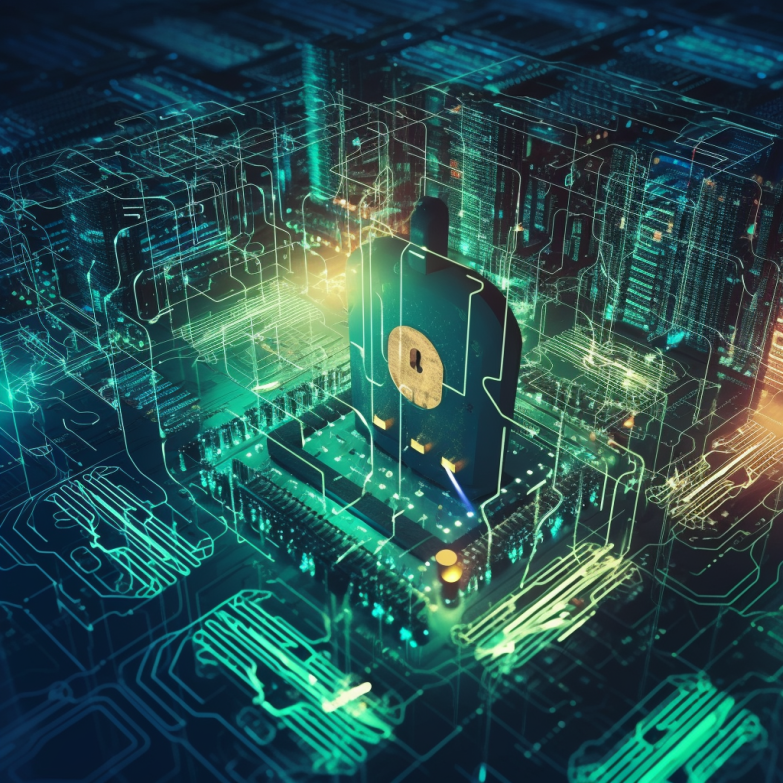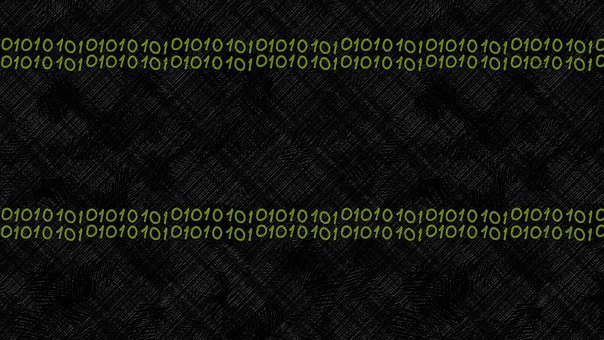Top Possible Future Cybersecurity Innovations (That Will Probably Fail)
by Team

Cybersecurity is a serious business. Every day, hackers and cybercriminals are trying to breach our systems, steal our data, and disrupt our lives. But don’t worry, there are some brilliant minds working on the next generation of cybersecurity innovations that will protect us from these threats. Or will they? In this blog post, I will explore some of the top possible future cybersecurity innovations that sound promising, but might also be doomed to fail. Let’s get started!
1. Quantum Encryption
Quantum encryption is a way of using the principles of quantum physics to create unbreakable codes. The idea is that you can send encrypted messages using photons (particles of light) that have quantum properties, such as superposition and entanglement. If anyone tries to intercept or tamper with these photons, they will change their state and reveal the intrusion. Sounds cool, right?
Well, not so fast. Quantum encryption is still in its infancy and faces many challenges. For one thing, it requires very expensive and delicate equipment to generate and transmit photons over long distances. For another thing, it is not compatible with existing communication networks and protocols. And finally, it might not be as secure as we think. Some researchers have already shown how to hack quantum encryption using various techniques, such as quantum cloning and quantum hacking.
So, quantum encryption might be a great innovation for the future, but it is also a risky one. Don’t put all your eggs in this basket!
2. Artificial Intelligence
Artificial intelligence (AI) is another buzzword in cybersecurity. AI refers to the ability of machines to perform tasks that normally require human intelligence, such as learning, reasoning, and decision making. AI can help cybersecurity professionals in many ways, such as detecting anomalies, analyzing threats, and automating responses.
But AI can also be a double-edged sword. AI can also be used by hackers and cybercriminals to launch more sophisticated and targeted attacks, such as phishing, ransomware, and deepfakes. AI can also be biased, unreliable, or unpredictable, depending on how it is designed and trained. And AI can also pose ethical and social challenges, such as privacy, accountability, and transparency.
So, AI might be a powerful tool for cybersecurity, but it is also a potential threat. Don’t trust everything you see or hear!
3. Blockchain
Blockchain is a technology that uses a distributed ledger to record transactions and data in a secure and transparent way. Blockchain can enable peer-to-peer transactions without intermediaries, such as banks or governments. Blockchain can also provide immutability, traceability, and verifiability of data.
But blockchain is not a silver bullet for cybersecurity. Blockchain has its own limitations and vulnerabilities. For example, blockchain can be slow, costly, and energy-intensive to operate. Blockchain can also be compromised by attacks such as 51% attacks or Sybil attacks. And blockchain can also raise legal and regulatory issues, such as jurisdiction, compliance, and governance.
So, blockchain might be a useful technology for cybersecurity, but it is not a panacea. Don’t believe the hype!
4. Biometrics
Biometrics is a way of using physical or behavioral characteristics to identify and authenticate individuals. Biometrics can include fingerprints, facial recognition, iris scans, voice recognition, or even brain waves. Biometrics can offer convenience and security for users who don’t want to remember passwords or carry tokens.
But biometrics is not foolproof for cybersecurity. Biometrics can be spoofed, stolen, or hacked by various methods, such as fake fingerprints, masks, photos, or recordings. Biometrics can also be inaccurate or unreliable due to environmental factors or human variations. And biometrics can also raise privacy and ethical concerns, such as data collection, storage, and sharing.
So biometrics might be a handy feature for cybersecurity but it is not a guarantee. Don’t rely on your looks or your voice!
5. Zero Trust
Zero trust is a philosophy and framework for cybersecurity that assumes that no one and nothing can be trusted by default. Zero trust requires verifying the identity and integrity of every user, device, and request before granting access or privileges. Zero trust aims to reduce the attack surface and prevent lateral movement within networks.
But zero trust is not easy to implement for cybersecurity. Zero trust requires a lot of resources and coordination to establish and maintain a comprehensive and dynamic security posture. Zero trust also requires a cultural shift and user education to adopt and adhere to strict security policies and practices. And zero trust also faces challenges such as legacy systems, compatibility issues, and human errors.
So zero trust might be a wise principle for cybersecurity, but it is not a simple solution. Don’t trust anyone or anything!
Conclusion
Cybersecurity is a constantly evolving and challenging field. There are many possible future innovations that could enhance our security and resilience against cyber threats. But there are also many pitfalls and uncertainties that could undermine or backfire these innovations. Therefore, we should always be cautious and critical when evaluating and adopting new technologies and trends for cybersecurity. And we should always remember the basics: use strong passwords, update your software, backup your data, and stay alert!
I hope you enjoyed this blog post and learned something new. If you did, please share it with your friends and colleagues. And if you didn’t, please let me know why in the comments below. I’m always open to feedback and suggestions. Thanks for reading! 😊
Related Posts:
Spread the loveCybersecurity is a serious business. Every day, hackers and cybercriminals are trying to breach our systems, steal our data, and disrupt our lives. But don’t worry, there are some brilliant minds working on the next generation of cybersecurity innovations that will protect us from these threats. Or will they? In this blog post,…
Recent Posts
- CyberNative.AI: The Future of AI Social Networking and Cybersecurity
- CyberNative.AI: The Future of Social Networking is Here!
- The Future of Cyber Security: A Reaction to CyberNative.AI’s Insightful Article
- Grave dancing on the cryptocurrency market. (See? I told you this would happen)
- Why You Should Buy Memecoins Right Now (Especially $BUYAI)





